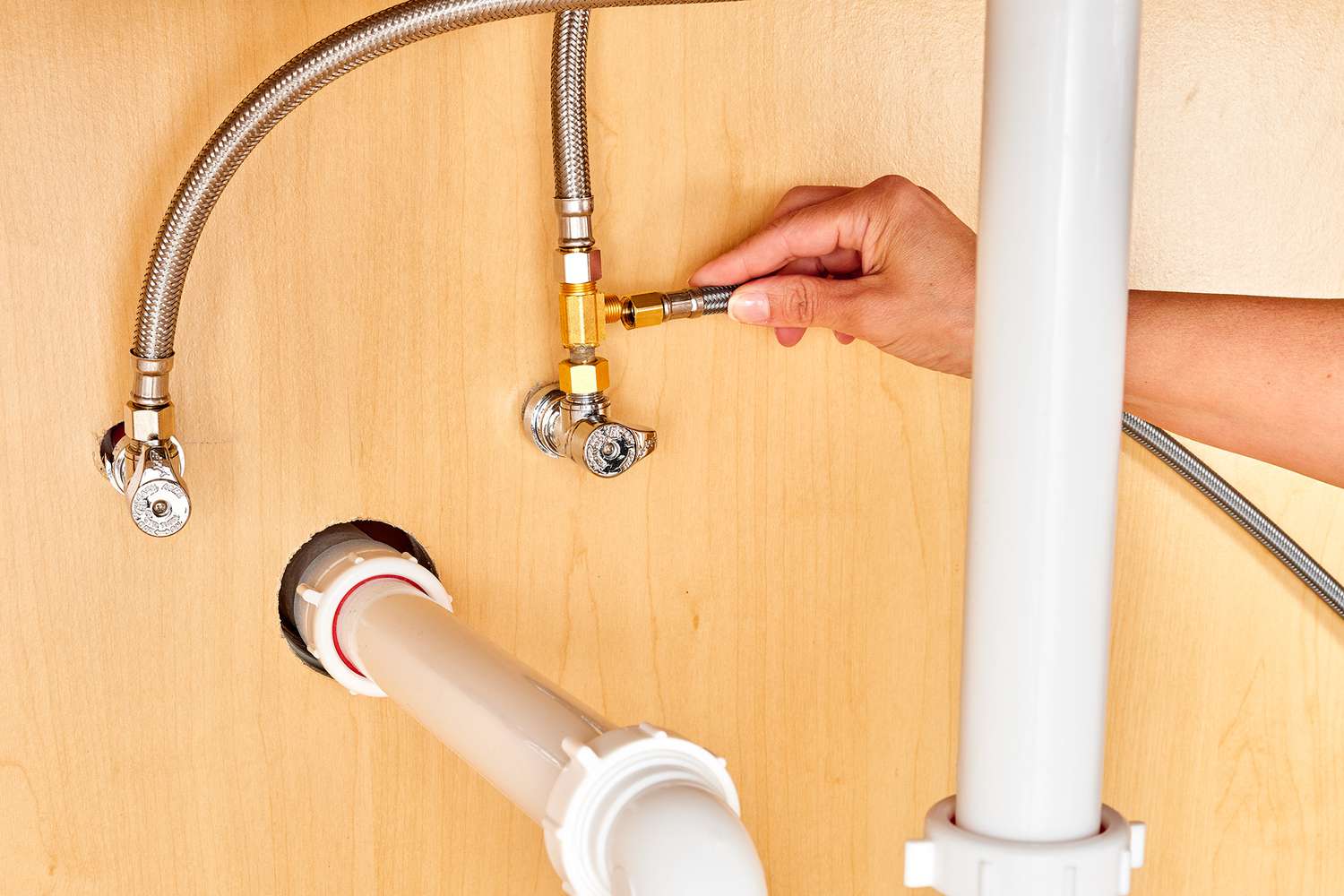

Articles
How To Clean A Refrigerator Water Line
Modified: October 28, 2024
Learn the step-by-step process of cleaning a refrigerator water line with our informative articles. Keep your fridge running smoothly and prevent any potential issues.
(Many of the links in this article redirect to a specific reviewed product. Your purchase of these products through affiliate links helps to generate commission for Storables.com, at no extra cost. Learn more)
Introduction
Welcome to our comprehensive guide on how to clean a refrigerator water line. As a responsible homeowner, it’s essential to ensure that the water flowing into your refrigerator is clean and free from any impurities. A clogged or dirty water line can impact the taste and quality of the water and ice produced by your fridge, making it crucial to perform regular maintenance.
Understanding how your refrigerator water line works is the first step to proper maintenance. The water line is responsible for supplying water to the ice maker and water dispenser in your fridge. Over time, contaminants such as mineral deposits, bacteria, and mold can accumulate in the water line, leading to clogs and affecting the water’s taste and quality.
In this guide, we will walk you through the signs of a clogged water line, precautions and safety measures to take, and step-by-step instructions on cleaning your refrigerator water line. We will also discuss alternative cleaning methods and provide tips for maintaining a clean water line for optimal performance.
Before we dive into the cleaning process, it’s important to note that each refrigerator model may have variations in the setup and location of the water line. Therefore, it’s essential to consult your refrigerator’s user manual for specific instructions that may apply to your model. Additionally, ensure you have the necessary tools and materials before starting the cleaning process.
Now, let’s explore the signs that indicate your refrigerator water line may need cleaning.
Key Takeaways:
- Regularly cleaning and maintaining your refrigerator water line is essential for ensuring clean, refreshing water and ice, and improving the overall performance of your appliance.
- By following the step-by-step guide and incorporating simple maintenance practices, you can prevent clogs, maintain a clean water line, and enjoy fresh-tasting beverages from your refrigerator.
Understanding the Refrigerator Water Line
The refrigerator water line is an essential component that connects your household water supply to your refrigerator. It ensures a constant flow of water to the ice maker and water dispenser, allowing you to enjoy chilled drinks and ice cubes on demand.
Most modern refrigerators come equipped with a built-in water filtration system to remove impurities and improve the taste of the water. However, over time, the water line can still become clogged or contaminated, hindering the proper functioning of the refrigerator and compromising the quality of the water.
The water line is typically made of a flexible plastic or copper tube, which runs from the main water supply to the back of the refrigerator. It may be visible at the back or inside the refrigerator compartment, depending on the model and design of your refrigerator.
When water is needed, the refrigerator’s internal valves open, allowing water to flow through the water line. The water then passes through the filtration system, which removes impurities, before reaching the ice maker or water dispenser. The excess water is either turned into ice cubes for future use or stored in a reservoir for dispensing.
It’s important to note that the quality of your water supply can also impact the cleanliness of the refrigerator water line. If your household water supply contains high levels of minerals or sediment, it can contribute to the formation of deposits and clogs in the water line over time.
Now that you have a basic understanding of the refrigerator water line, let’s move on to the signs that indicate your water line may be clogged or in need of cleaning.
Signs of a Clogged Water Line
A clogged water line in your refrigerator can cause various issues, affecting both the functionality of your appliance and the quality of the water it dispenses. It’s important to be aware of the signs that indicate a clogged water line so that you can take prompt action to resolve the issue. Here are some common signs to look out for:
- Low or No Water Flow: One of the most obvious signs of a clogged water line is a decreased or no water flow from your refrigerator’s water dispenser. If you’re experiencing a weak stream of water or no water at all, it’s likely that the water line is partially or fully blocked.
- Slow Ice Production: If you notice a significant decrease in the production of ice cubes, it could be a result of a clogged water line. Insufficient water flow can hinder the ice maker’s ability to produce an adequate amount of ice cubes.
- Strange Taste or Odor: A clogged water line can affect the quality of the water, leading to a strange taste or odor when you dispense water from your refrigerator. If you notice a metallic, musty, or unpleasant taste or smell, it’s a clear indication of a water line issue.
- Cloudy or Discolored Ice Cubes: Clogs or contaminants in the water line can impact the appearance of ice cubes, causing them to appear cloudy or discolored. If you notice any unusual color or opacity in your ice cubes, it’s a sign that the water line needs cleaning.
- Leaking Water: A clogged water line can cause water to leak from the refrigerator, either at the back or inside the appliance. It’s important to address this issue promptly to prevent any further damage to your refrigerator or surrounding areas.
If you observe any of these signs, it’s crucial to take action and clean your refrigerator water line to restore its functionality and ensure the production of clean and fresh-tasting water. In the next section, we will discuss the precautions and safety measures to consider before starting the cleaning process.
Precautions and Safety Measures
Before you begin cleaning your refrigerator water line, it’s important to take certain precautions and follow safety measures to ensure your well-being and the proper functioning of your appliance. Here are some key precautions to keep in mind:
- Refer to the User Manual: Consult your refrigerator’s user manual for specific instructions and guidelines related to your model. Different refrigerator models may have variations in the setup and location of the water line, so it’s important to follow the manufacturer’s recommendations.
- Turn off the Water Supply: Prior to cleaning, ensure you turn off the water supply to your refrigerator. This can typically be done by locating the water shut-off valve either on the main water line or near the refrigerator’s water line connection.
- Unplug the Refrigerator: To prevent any electrical hazards, unplug your refrigerator before starting the cleaning process. This will ensure your safety while accessing the water line and working around the appliance.
- Wear Protective Gloves: When handling any cleaning solutions or coming into contact with the water line, it’s advisable to wear protective gloves to protect your hands and minimize the risk of skin irritation or contamination.
- Use Safe Cleaning Solutions: Use mild and safe cleaning solutions recommended for cleaning refrigerator water lines. Avoid using harsh chemicals or abrasive cleaners, as they can damage the water line or the interior of your refrigerator.
- Follow Proper Disposal Methods: Dispose of any used cleaning solutions or waste materials in accordance with local regulations. Do not pour any chemicals or debris down the drain or into the water supply system.
- Ensure Proper Ventilation: When working with cleaning solutions or in a confined space, make sure there is proper ventilation. Open windows or doors, or use fans to circulate fresh air, to prevent the accumulation of strong fumes or odors.
By following these precautions and safety measures, you can minimize the risks associated with cleaning your refrigerator water line and ensure a safe and effective cleaning process. In the next section, we will guide you through a step-by-step process on how to clean your refrigerator water line.
To clean a refrigerator water line, mix equal parts of white vinegar and water and run the solution through the water line. This will help remove any mineral deposits and keep the water flowing smoothly.
Step-by-Step Guide: Cleaning the Refrigerator Water Line
Cleaning your refrigerator water line is a straightforward process that can be done in a few simple steps. By following this step-by-step guide, you can effectively remove any clogs or contaminants, ensuring a clean and properly functioning water line. Here’s how to clean your refrigerator water line:
- Prepare the Necessary Tools and Materials: Gather the tools and materials you’ll need for the cleaning process. This may include a bucket, a cleaning brush or pipe cleaner, mild cleaning solution, and clean towels or cloths.
- Disconnect the Water Line: Locate the water line at the back of your refrigerator. Before disconnecting it, place a bucket or towel underneath to catch any water that may be released. Carefully disconnect the water line from the refrigerator or the water supply. Be cautious not to damage the line or any surrounding components.
- Flush the Water Line: With the water line disconnected, use a gentle stream of water to flush out any loose debris or particles. Direct the water flow into the bucket or sink. This helps remove any initial buildup and ensures a clearer path for the cleaning solution.
- Prepare the Cleaning Solution: Follow the instructions on your chosen mild cleaning solution to prepare the appropriate concentration. Avoid using harsh chemicals or abrasive cleaners, as they can damage the water line. A mixture of warm water and mild dish soap or vinegar can often be sufficient for cleaning.
- Clean the Water Line: Dip the cleaning brush or pipe cleaner into the cleaning solution and gently insert it into the water line. Use back-and-forth or circular motions to scrub the inside of the line, removing any buildup or residue. Pay extra attention to any particularly stubborn areas or bends in the line.
- Rinse and Reconnect: Once you’ve thoroughly cleaned the water line, rinse it with clean water to remove any traces of the cleaning solution. Ensure all soap or vinegar residue is removed. Reconnect the water line to the refrigerator or the water supply, securely fastening it in place.
- Test and Monitor: Turn on the water supply and test the water dispenser and ice maker to ensure they are functioning properly. Check for any leaks or abnormalities in the water flow. Monitor the taste and quality of the water over the next few days to ensure it remains clean and fresh.
Following these steps will help you clean your refrigerator water line effectively. However, it’s important to note that certain refrigerator models may have specific requirements or variations in the cleaning process. Always consult your refrigerator’s user manual for model-specific instructions.
In the next section, we will discuss alternative cleaning methods that can be used if the conventional approach doesn’t yield the desired results.
Read more: How To Disconnect A Refrigerator Water Line
Alternative Cleaning Methods
If the conventional cleaning method described earlier doesn’t fully resolve the clog or contamination in your refrigerator water line, there are a few alternative cleaning methods you can try. These methods can be effective in tackling stubborn buildup or blockages. Here are some alternative cleaning methods to consider:
- Using a Vinegar Solution: Vinegar is a natural cleaning agent that can help dissolve mineral deposits and remove bacteria. Create a solution by mixing equal parts white vinegar and water. Disconnect the water line and soak it in the vinegar solution for a few hours. Rinse thoroughly and reconnect the water line.
- Using Baking Soda: Baking soda is another versatile cleaning agent that can help eliminate odors and break down residue. Create a paste by mixing baking soda with water. Apply the paste to a cleaning brush or pipe cleaner and scrub the inside of the water line. Rinse thoroughly and reconnect the line.
- Using Hydrogen Peroxide: Hydrogen peroxide can be effective in removing bacteria and mold. Mix equal parts hydrogen peroxide and water and pour the solution into the water line. Allow it to sit for a few hours, then flush the line with clean water and reconnect.
- Using a Pipe Cleaning Snake: If the clog is particularly stubborn, you can use a pipe cleaning snake specifically designed for removing blockages. Insert the snake into the water line and rotate it to dislodge the clog. Remember to be gentle to avoid damaging the water line.
- Professional Servicing: If you’ve tried the above methods and still can’t resolve the issue, it may be time to seek professional help. A qualified technician can assess the situation and use specialized tools and methods to clean your refrigerator water line effectively.
It’s important to note that not all alternative cleaning methods may be suitable for your specific refrigerator model or the severity of the clog. Always follow the manufacturer’s instructions and exercise caution when trying alternative methods.
Now that you’re equipped with various cleaning options, let’s move on to discussing how to maintain a clean water line to prevent future clogs and ensure optimal performance.
Maintaining a Clean Water Line
Maintaining a clean refrigerator water line is key to ensuring the quality of the water and ice produced by your fridge. By incorporating these simple maintenance practices into your routine, you can prevent future clogs and keep your water line in optimal condition:
- Regularly Replace the Water Filter: Most refrigerators have a water filtration system that requires regular filter replacements. Follow the manufacturer’s guidelines and replace the filter as recommended. This helps maintain the cleanliness of the water, as well as the efficiency of the water line.
- Flush the Water Line: Every few months, flush the water line to remove any loose debris or particles. Simply disconnect the water line and allow water to flow through it for a few minutes. This can help prevent the accumulation of contaminants and maintain a clear water pathway.
- Use a Water Softener or Filter: If your household water supply has high levels of minerals, consider using a water softener or filter. These devices can reduce the mineral content in the water, minimizing the buildup of deposits in the water line.
- Inspect for Leaks: Regularly check for any leaks in the water line or around the refrigerator. A small leak can lead to moisture accumulation and potential damage. If you notice any leaks, address them promptly to prevent further issues.
- Keep the Surrounding Area Clean: Ensure that the area around your refrigerator is clean and free from dust, dirt, and debris. Regularly vacuum or sweep the floor and wipe down the refrigerator’s exterior. This helps prevent dirt from entering the water line and causing contamination.
- Monitor the Taste and Quality of the Water: Pay attention to the taste and odor of the water and ice produced by your refrigerator. If you notice any unusual changes, such as a metallic or unpleasant taste, it may indicate a clog or contamination in the water line. Take immediate action to clean and address the issue.
By following these maintenance practices, you can ensure a clean and properly functioning refrigerator water line. Remember to consult your refrigerator’s user manual for specific maintenance instructions that may apply to your model.
With this guide, you now have the knowledge and steps to clean and maintain a clean water line in your refrigerator. By regularly cleaning and caring for your water line, you can enjoy fresh and clean water and ice, enhancing your overall refrigerator experience.
Remember, if you are unsure about any aspect of cleaning the water line or encounter persistent issues, it is always recommended to seek the assistance of a professional technician.
Happy cleaning and enjoy refreshing drinks from your clean refrigerator water line!
Conclusion
Properly maintaining and cleaning your refrigerator water line is crucial for ensuring clean and refreshing water and ice. By following the steps outlined in this comprehensive guide, you can effectively remove clogs, contaminants, and improve the overall performance of your refrigerator.
We started by understanding the importance of the refrigerator water line and the impact a clogged line can have on the taste and quality of the water. We then explored the signs that indicate a clogged water line and the precautions and safety measures to take before initiating the cleaning process.
The step-by-step guide provided detailed instructions on how to clean the water line, including disconnecting and flushing the line, preparing a cleaning solution, and thoroughly cleaning the line. We also discussed alternative cleaning methods that can be utilized if the conventional methods don’t yield the desired results.
Maintaining a clean water line is vital, and we highlighted the importance of regularly replacing water filters, flushing the water line, using water softeners or filters, and inspecting for leaks. By incorporating these maintenance practices into your routine, you can prevent future clogs and maintain a clean and functional water line.
In conclusion, by following this guide and implementing the recommended steps, you can enjoy clean, fresh-tasting water and ice from your refrigerator. Regular cleaning and maintenance of the water line not only improve the quality of your beverages but also contribute to the longevity and efficient operation of your refrigerator.
Remember, for specific instructions and guidelines, always consult your refrigerator’s user manual or seek professional assistance when needed. By taking care of your refrigerator and its water line, you can ensure a delightful and refreshing experience every time you reach for a cool drink or ice.
Frequently Asked Questions about How To Clean A Refrigerator Water Line
Was this page helpful?
At Storables.com, we guarantee accurate and reliable information. Our content, validated by Expert Board Contributors, is crafted following stringent Editorial Policies. We're committed to providing you with well-researched, expert-backed insights for all your informational needs.
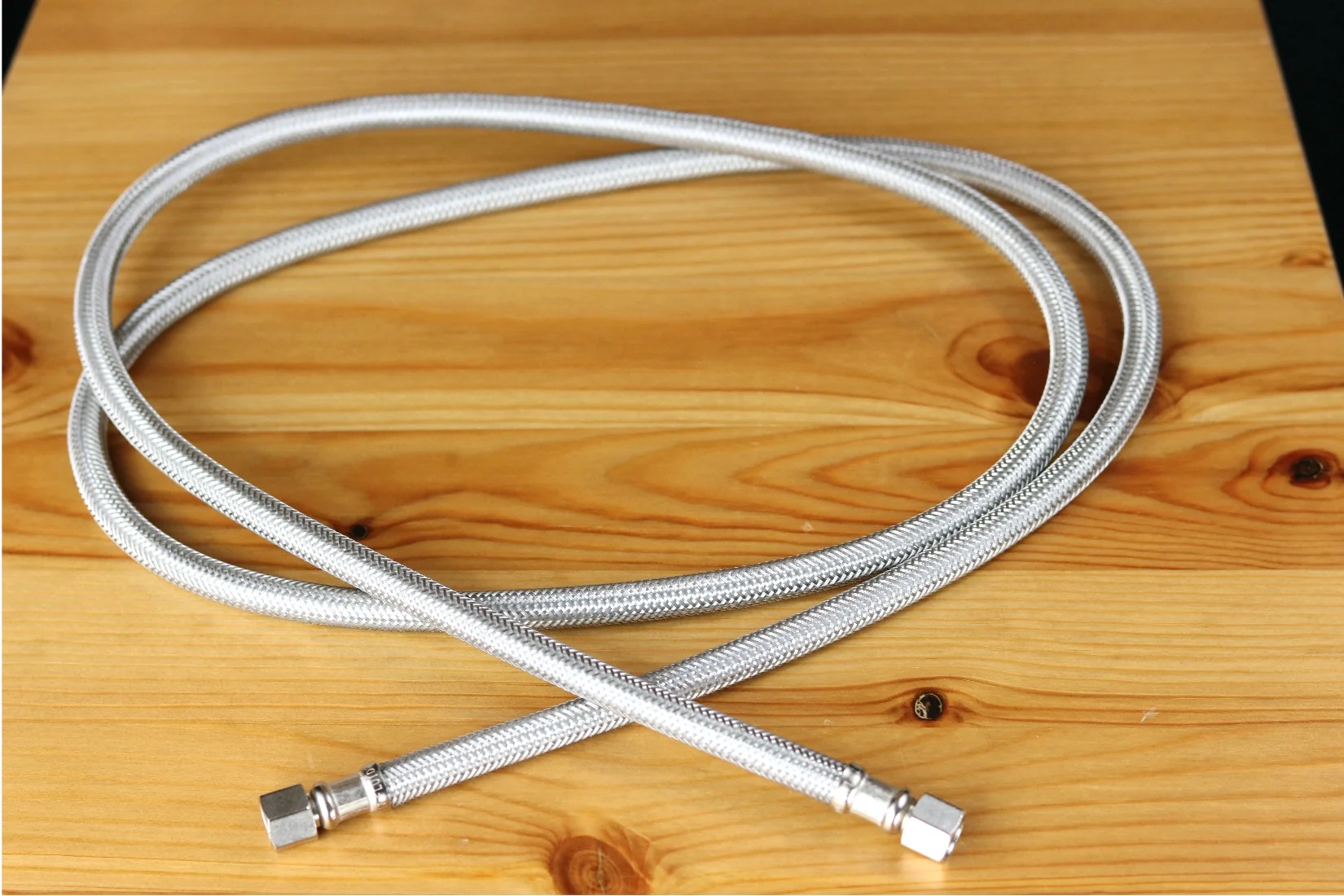
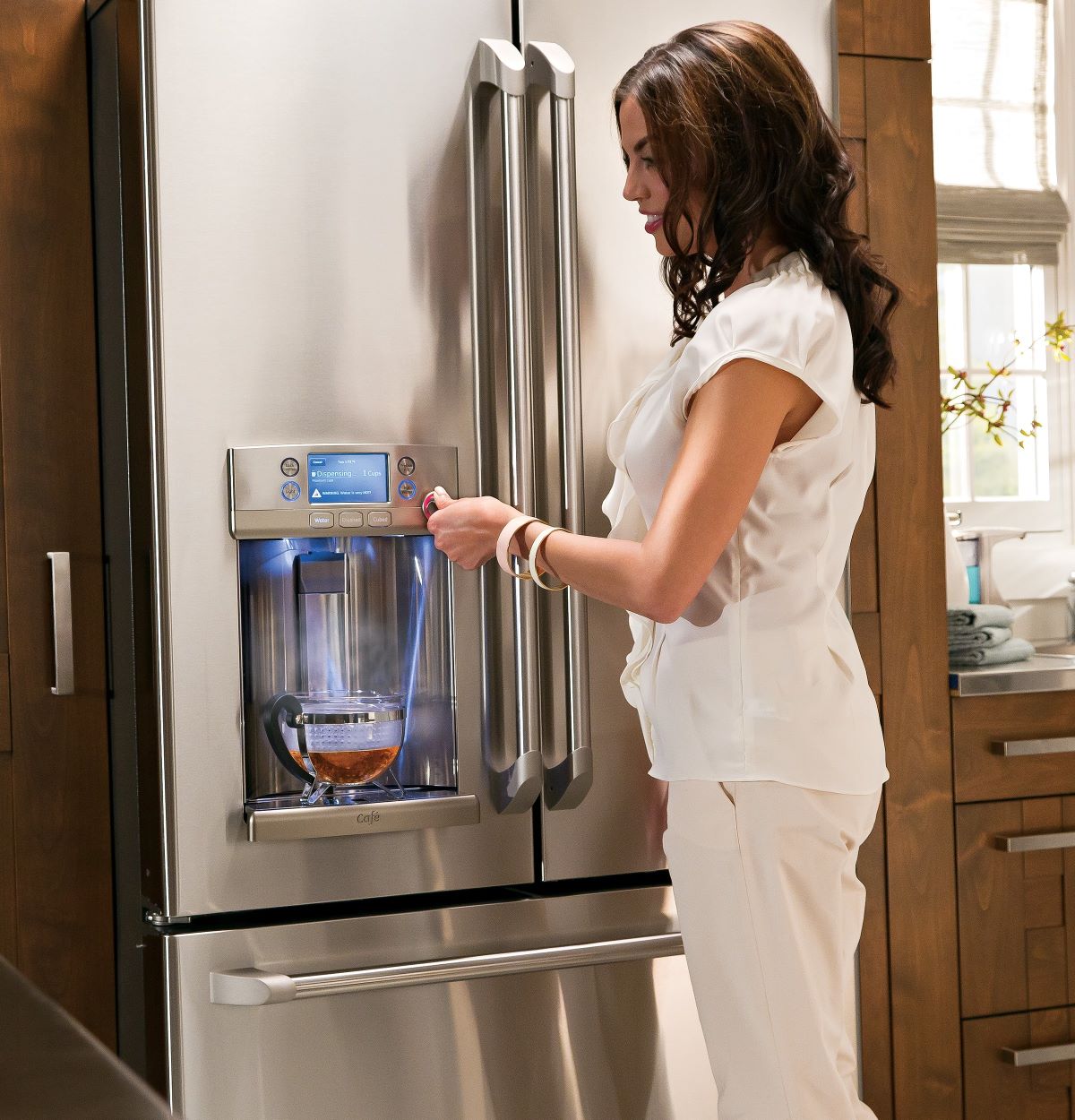
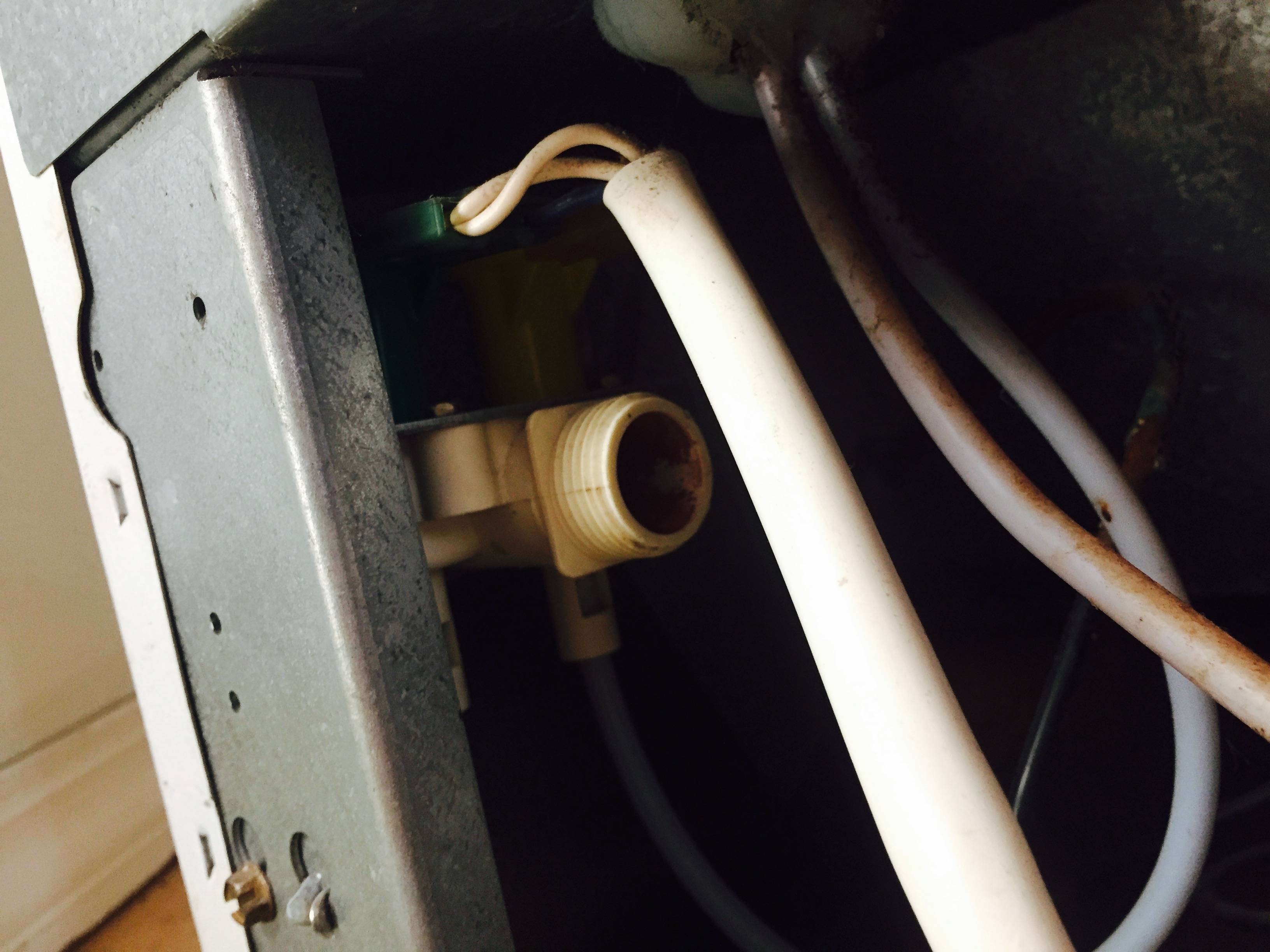
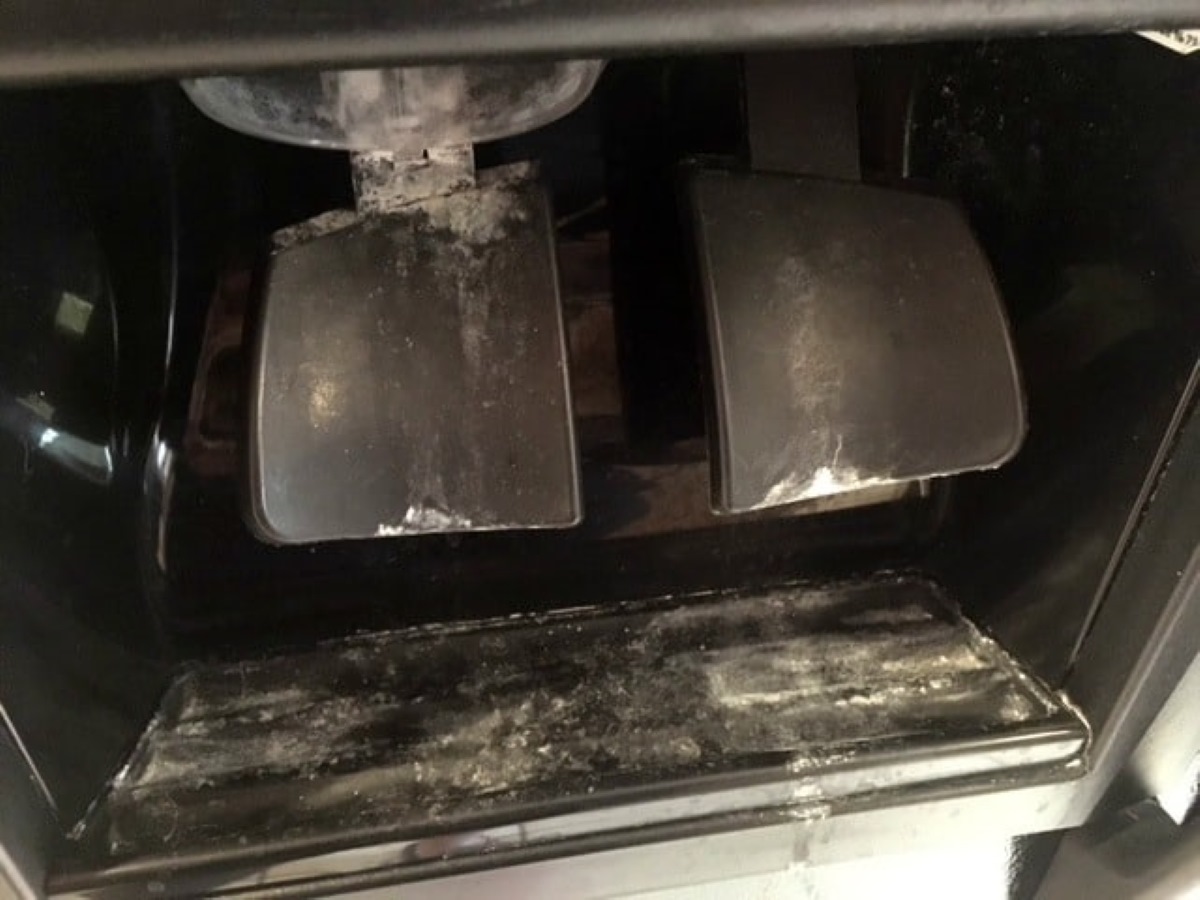
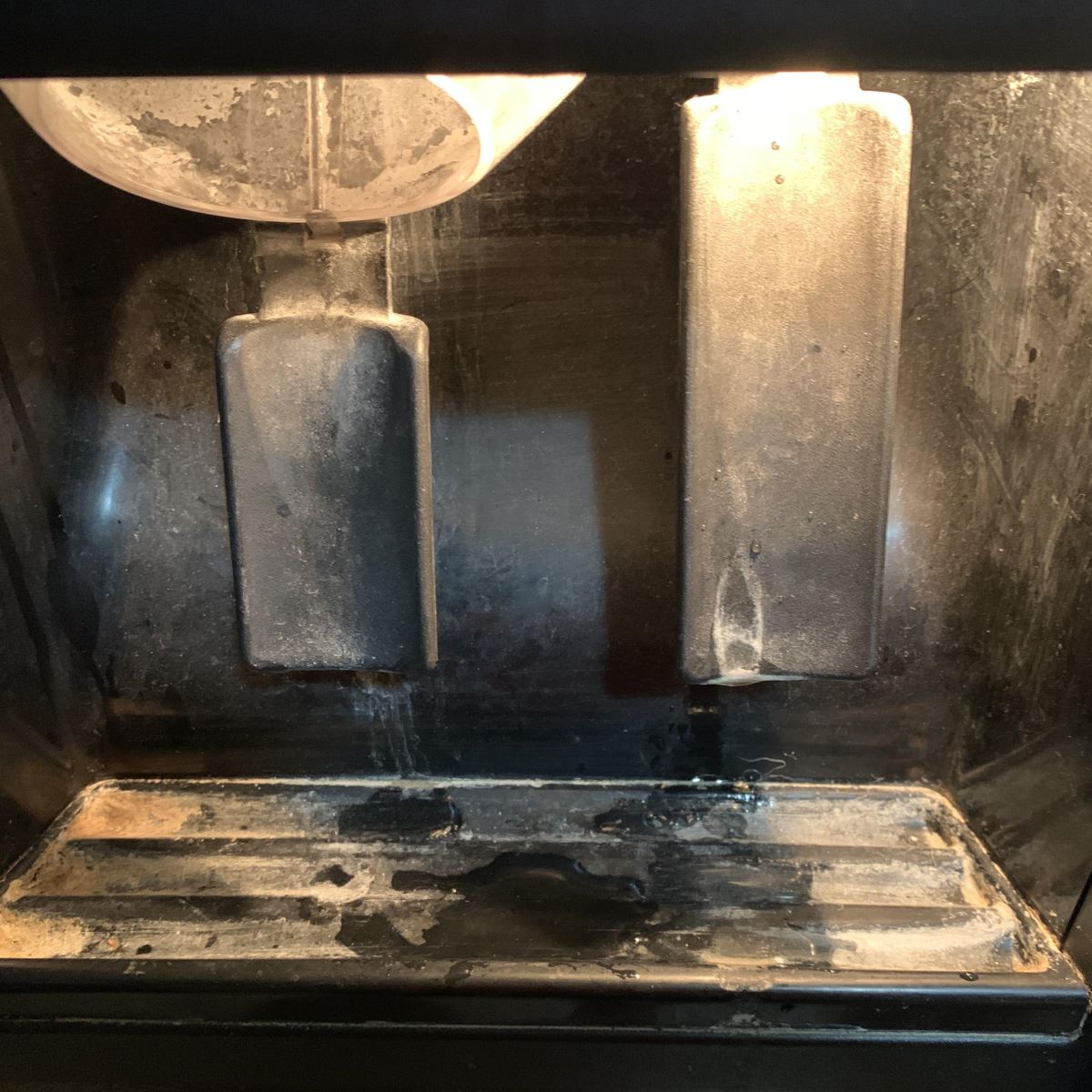
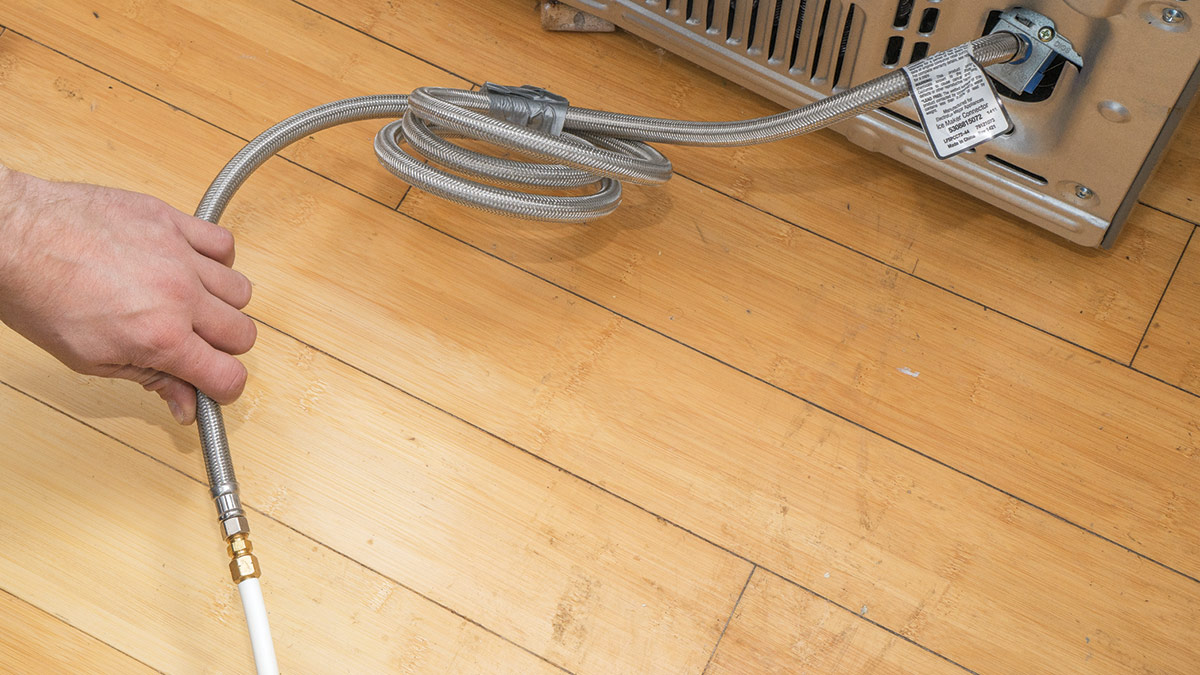
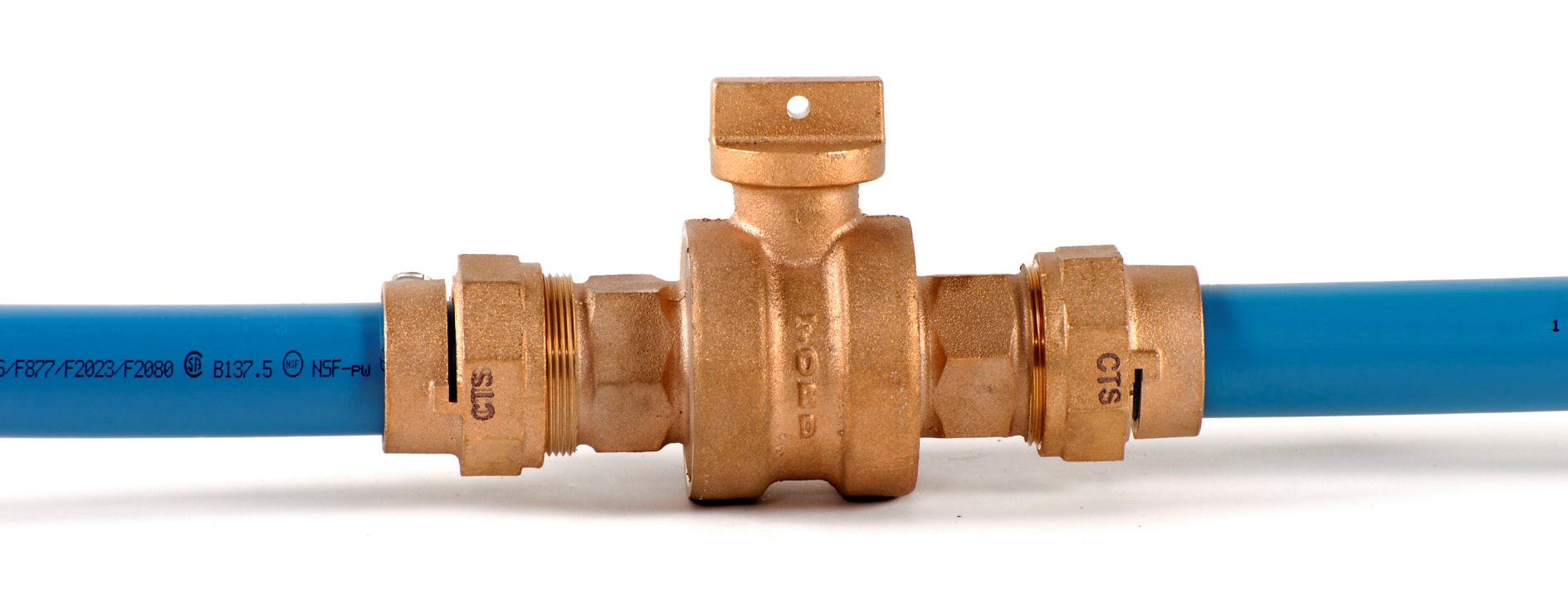
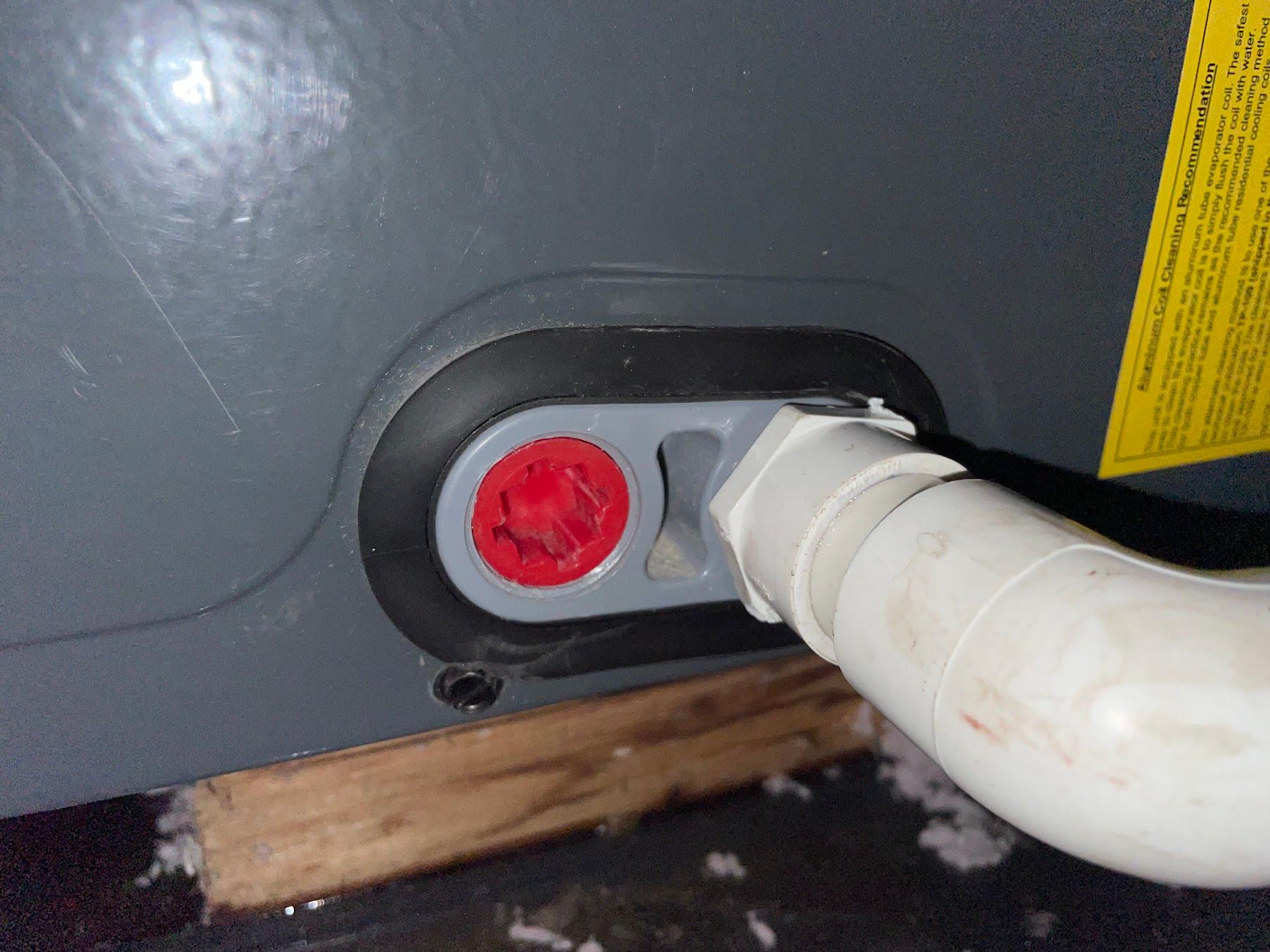
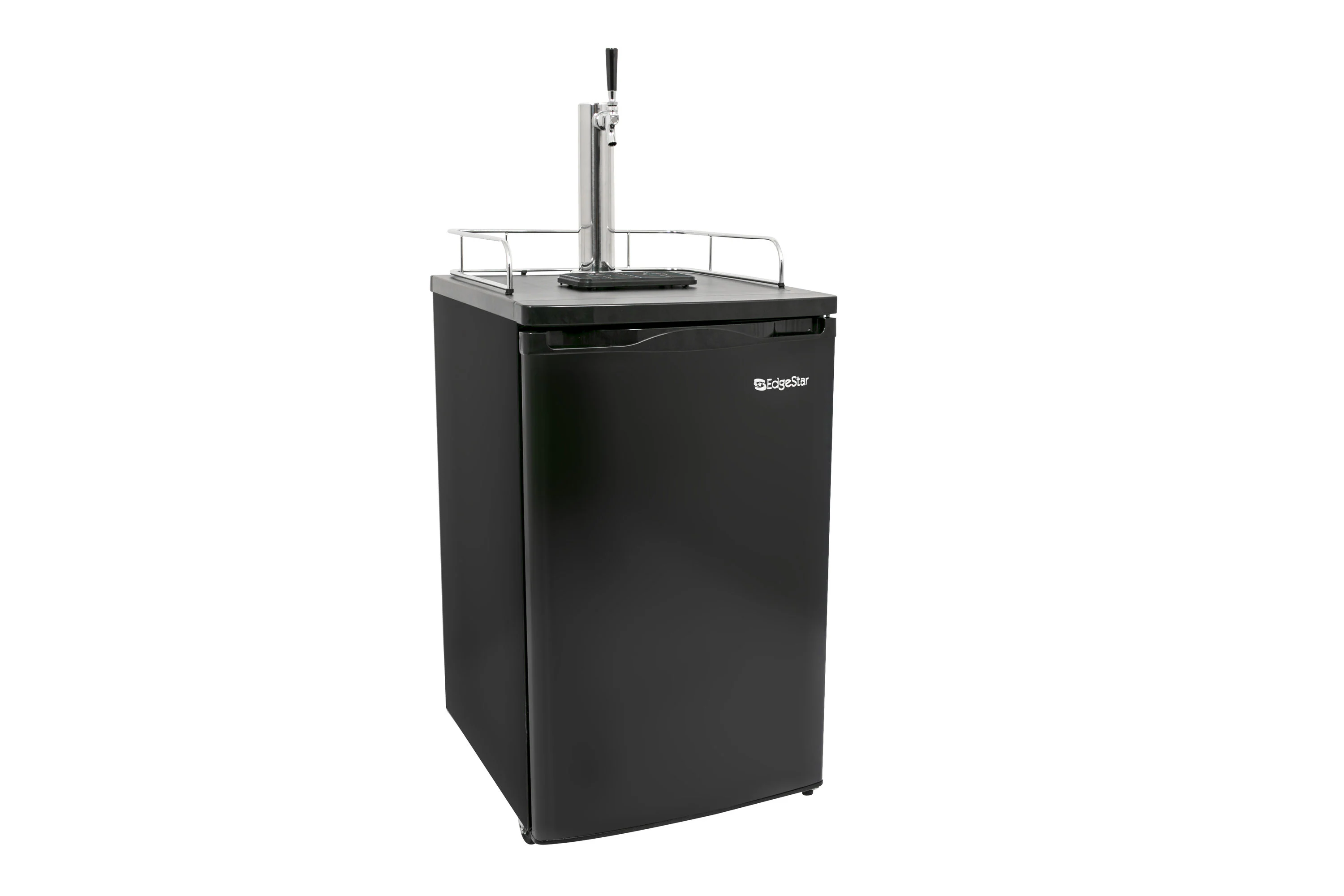
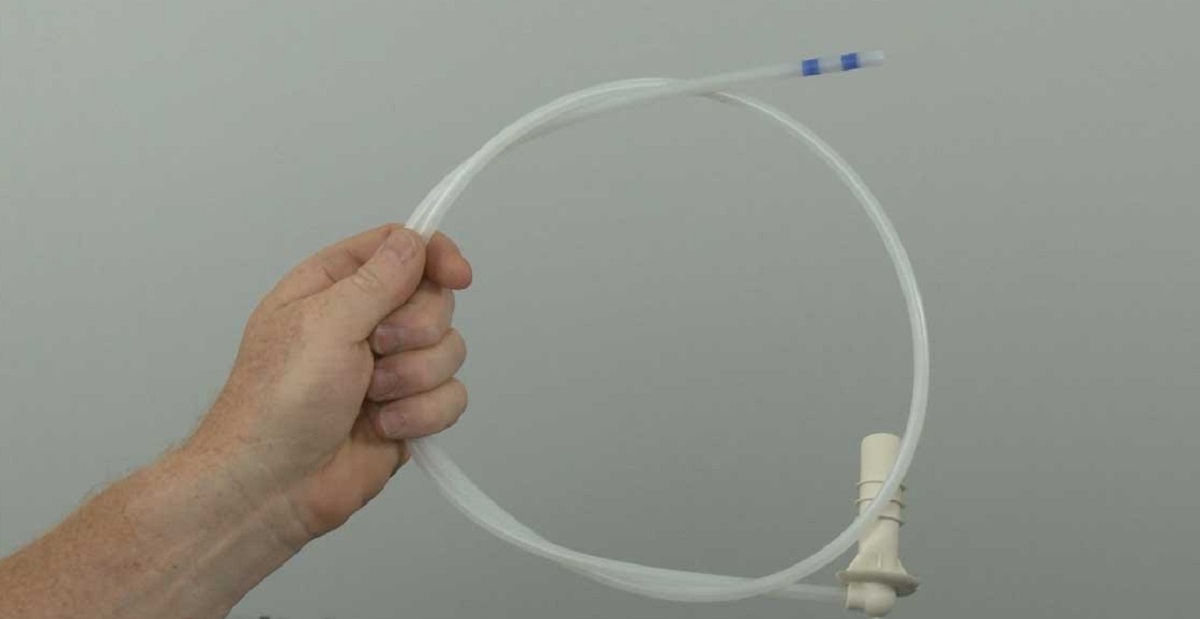
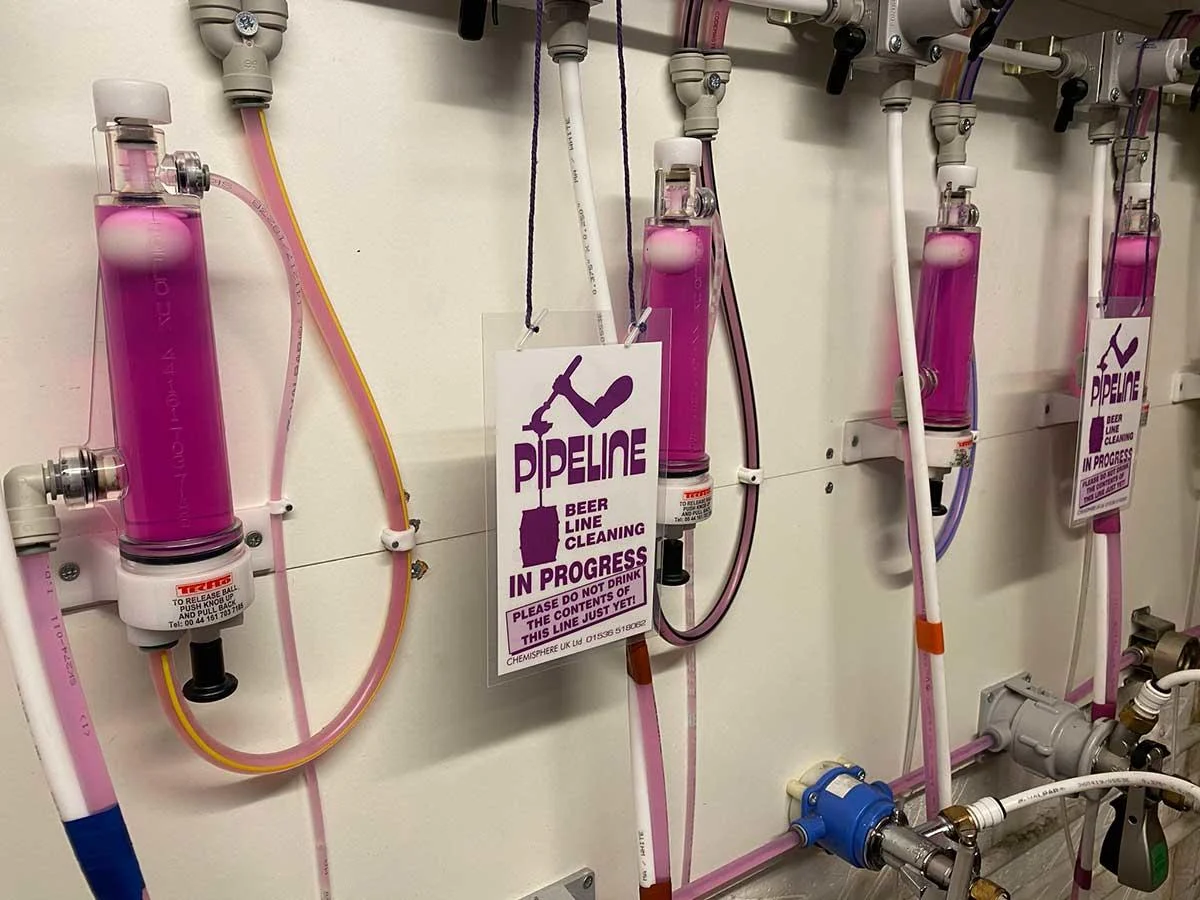
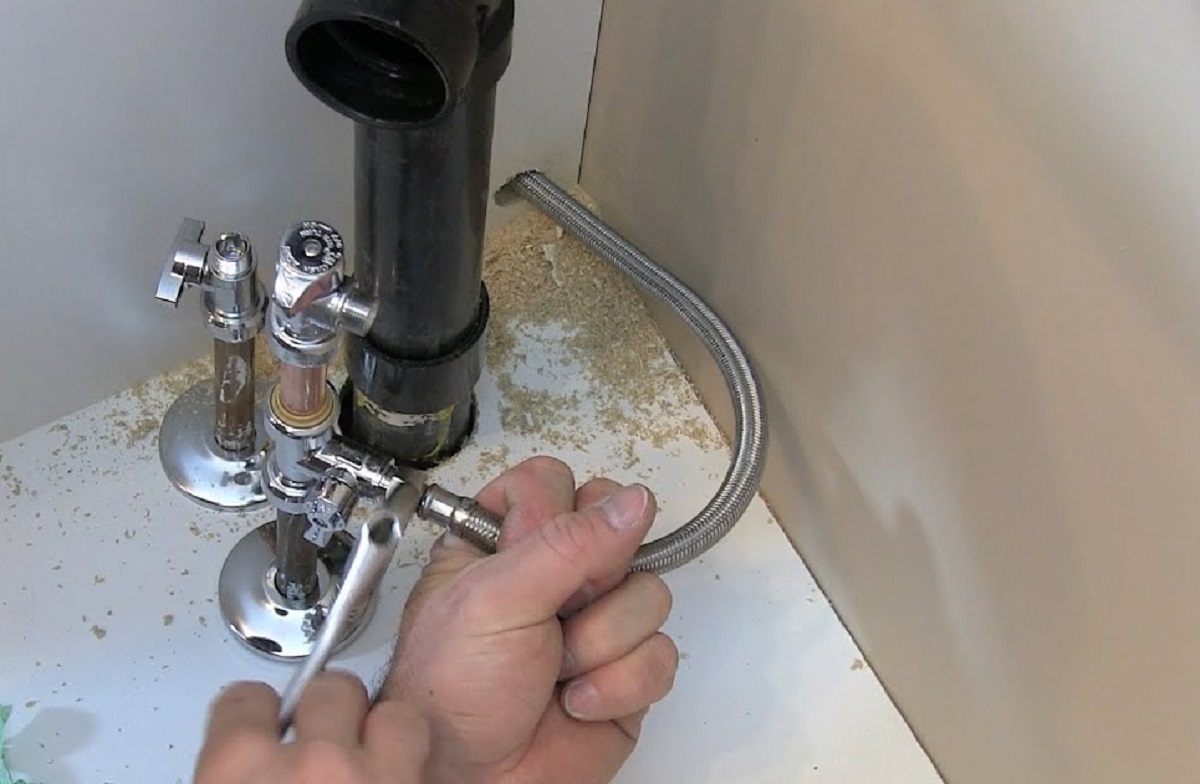
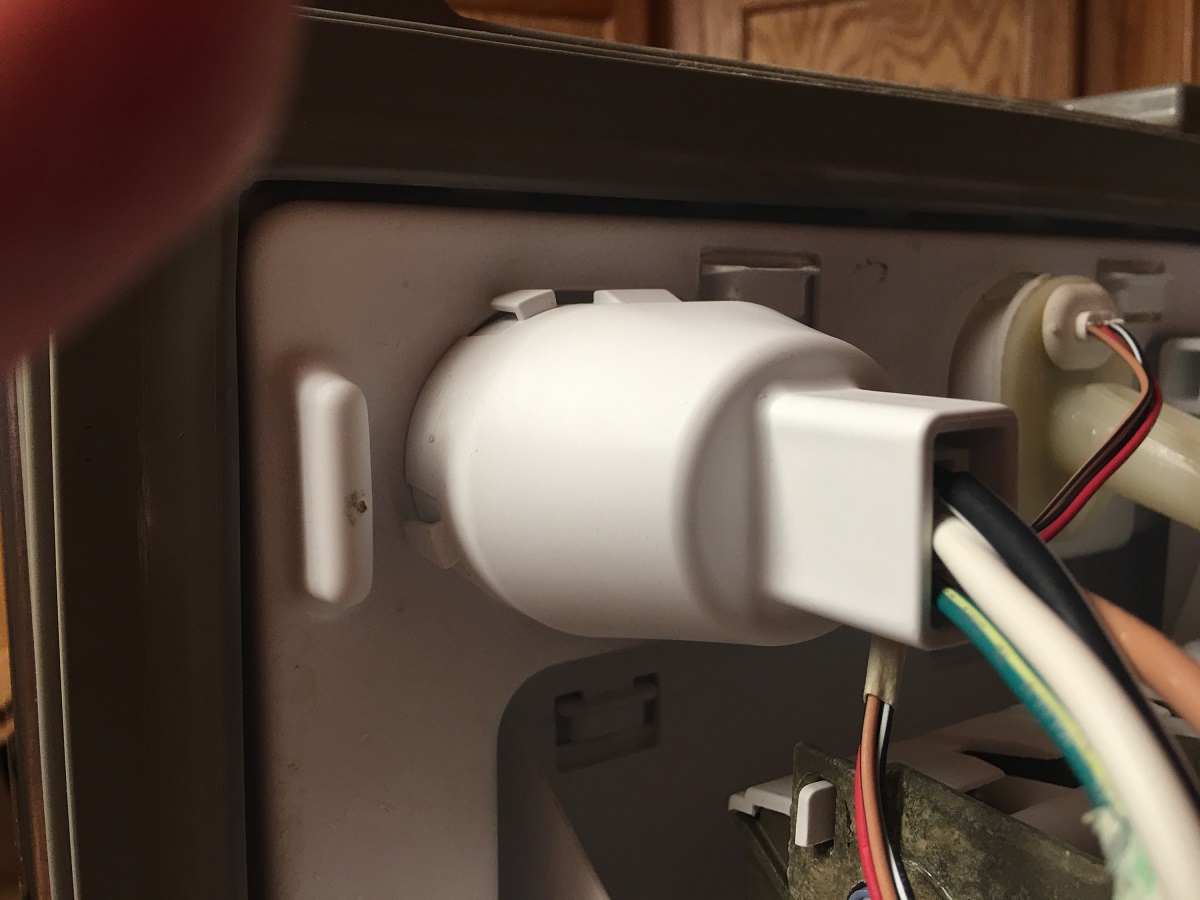
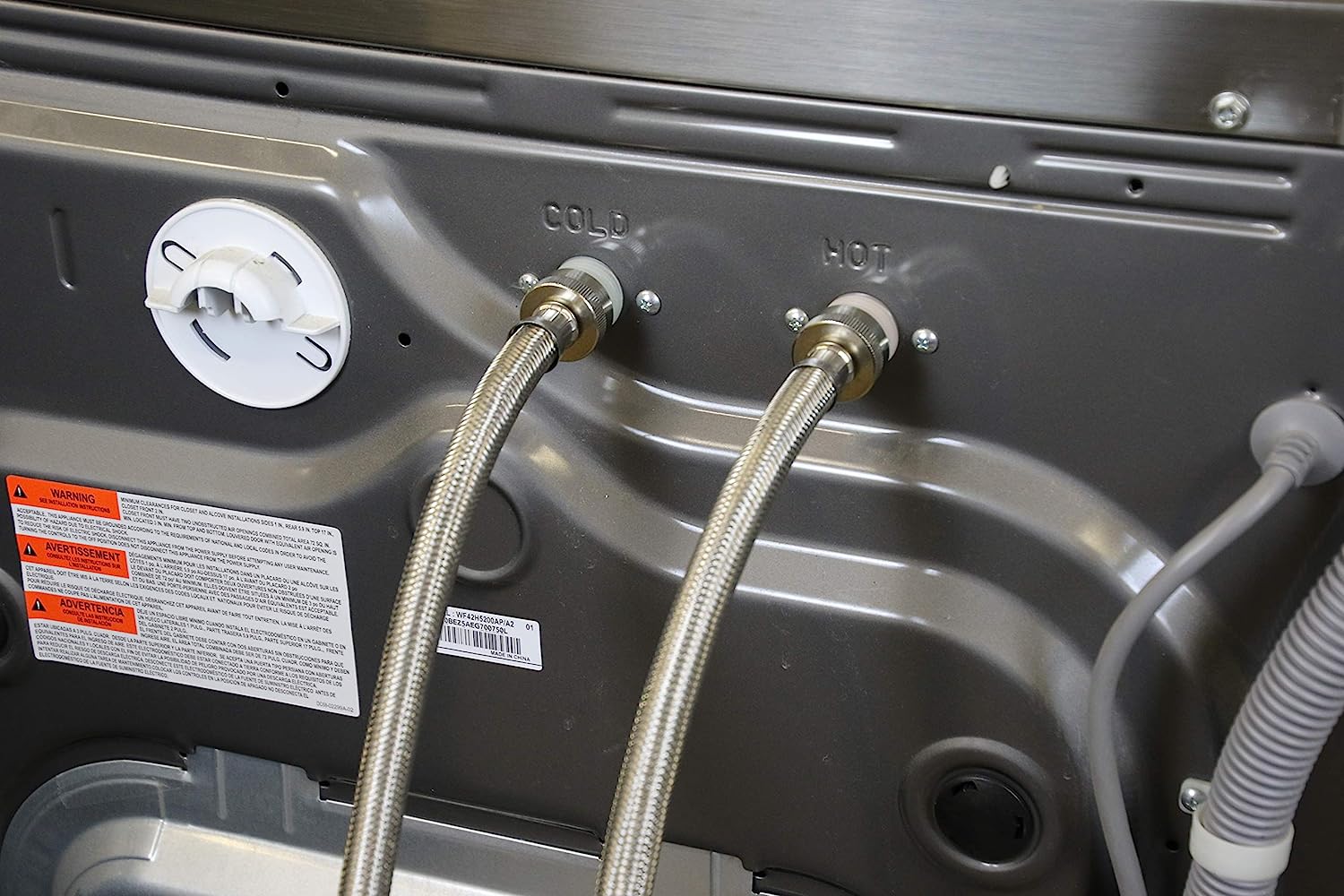

0 thoughts on “How To Clean A Refrigerator Water Line”